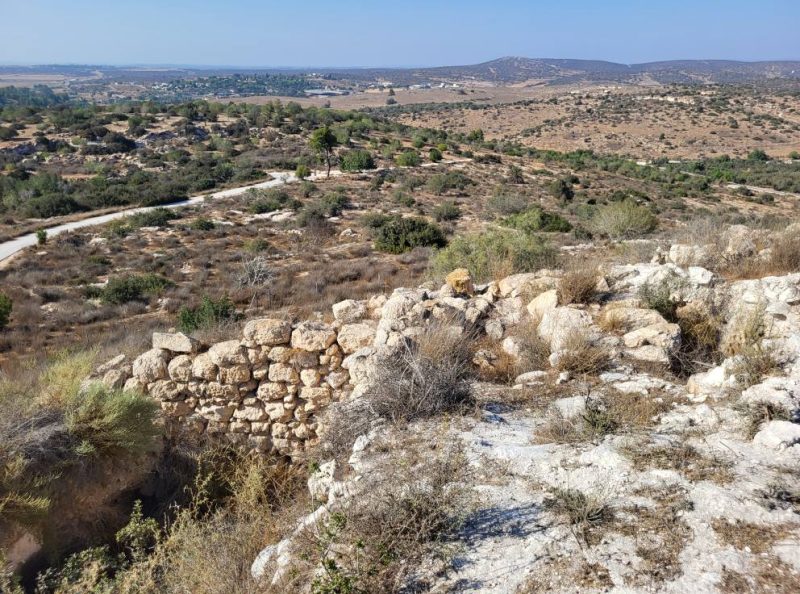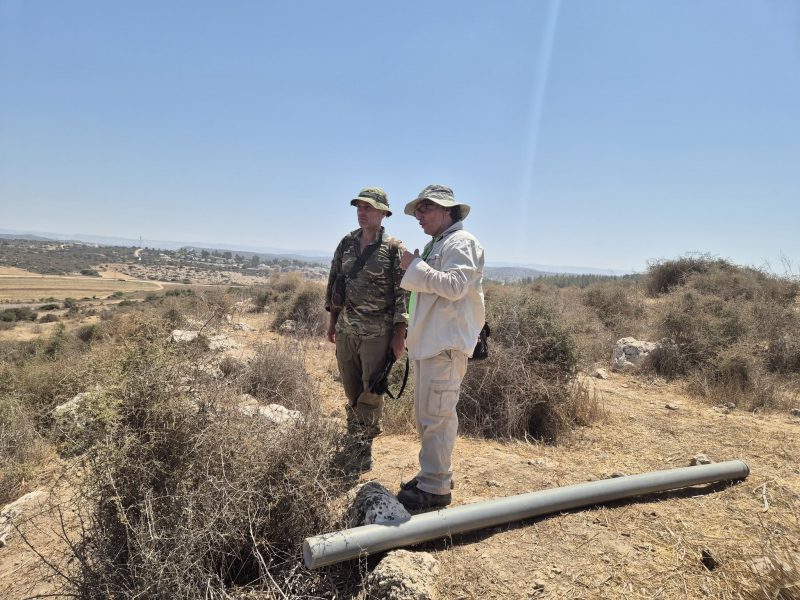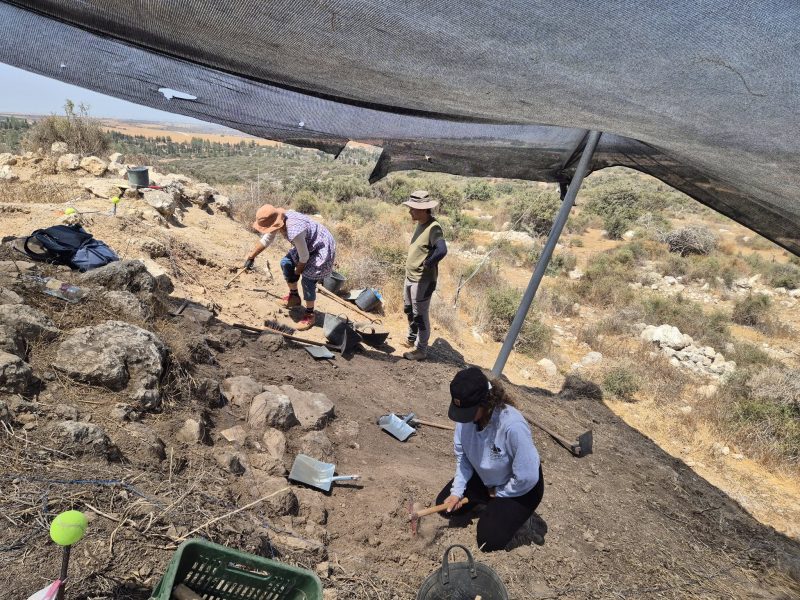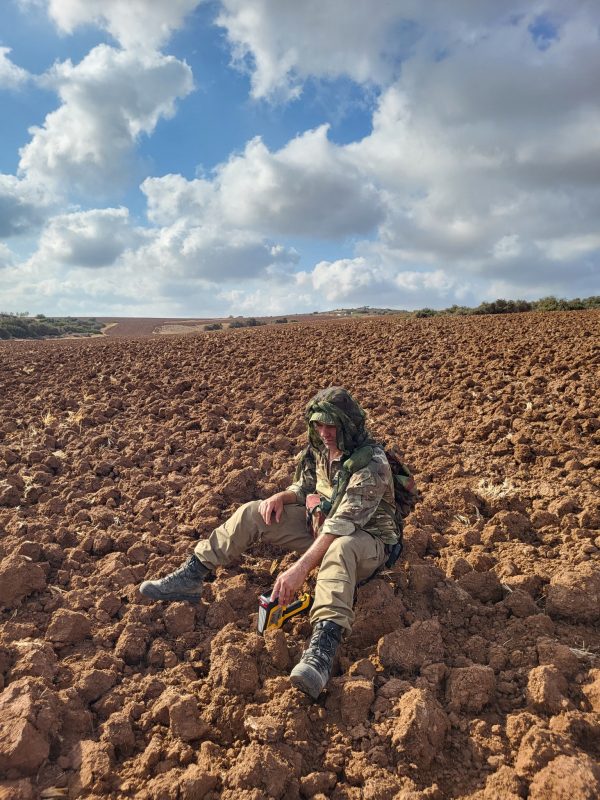
Chemistry Helps Uncover Ancient Settlements
An international archaeological research project is currently underway at Tel ‘Eter in Israel, with Professor Michal Hejcman from the Faculty of Environment at UJEP and his student Barbora Chaloupková taking part. Together with Israeli colleagues, they are exploring how ancient settlements shaped the landscape – using not only traditional archaeological methods, but also modern geochemical techniques.
Human activity leaves behind traces in the soil – whether from cooking, animal husbandry, or tool-making. These activities resulted in the accumulation of anthropogenic elements such as phosphorus, zinc, copper, and manganese. Elevated concentrations of these elements can remain in the soil for thousands of years.
The team is currently conducting on-site measurements of these elements using an X-ray spectrometer. The collected data will be used to create elemental composition maps of the soil, which make it possible to accurately estimate the extent of ancient settlements without the need for extensive excavations.
“We are delighted to collaborate with colleagues from UJEP in uncovering how humans shaped the landscape in the past,” say the Israeli archaeologists.
This research is part of the project “Two Sides of the River: Tracking Past and Present Anthropogenic Landscapes Surrounding the Tel Burna and Tel ‘Eter Sites”, led by an Israeli team under Oren Ackermann and generously supported by the Israel Science Foundation (ISF). The goal of the project is to gain a deeper understanding of ancient agricultural systems and their impact on the development of the landscape.






